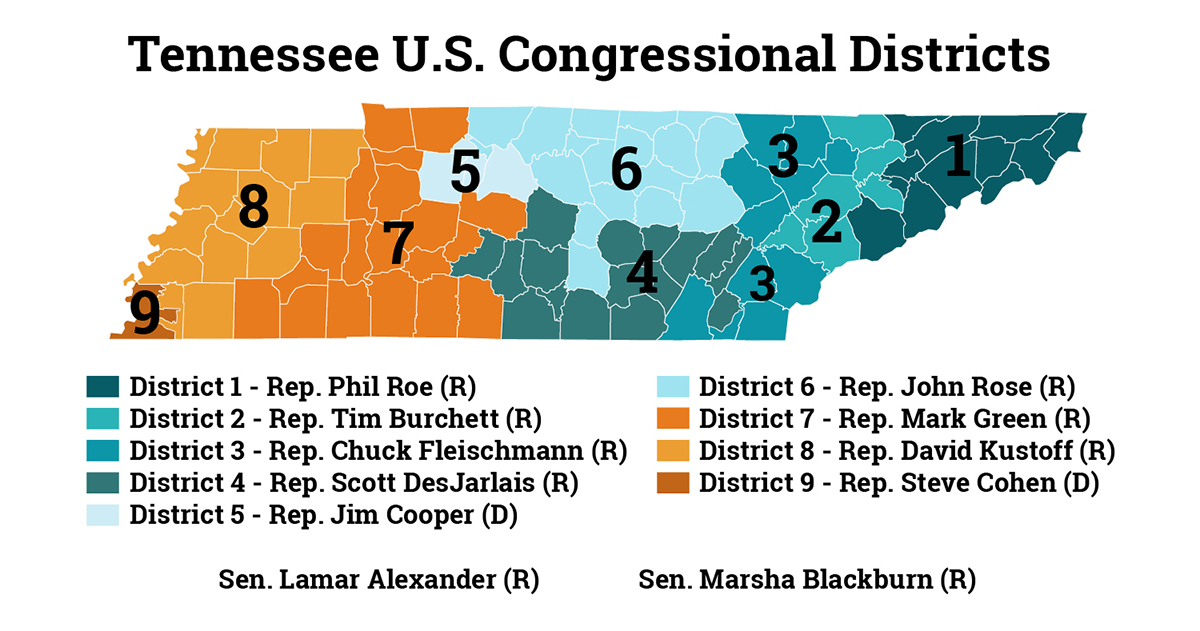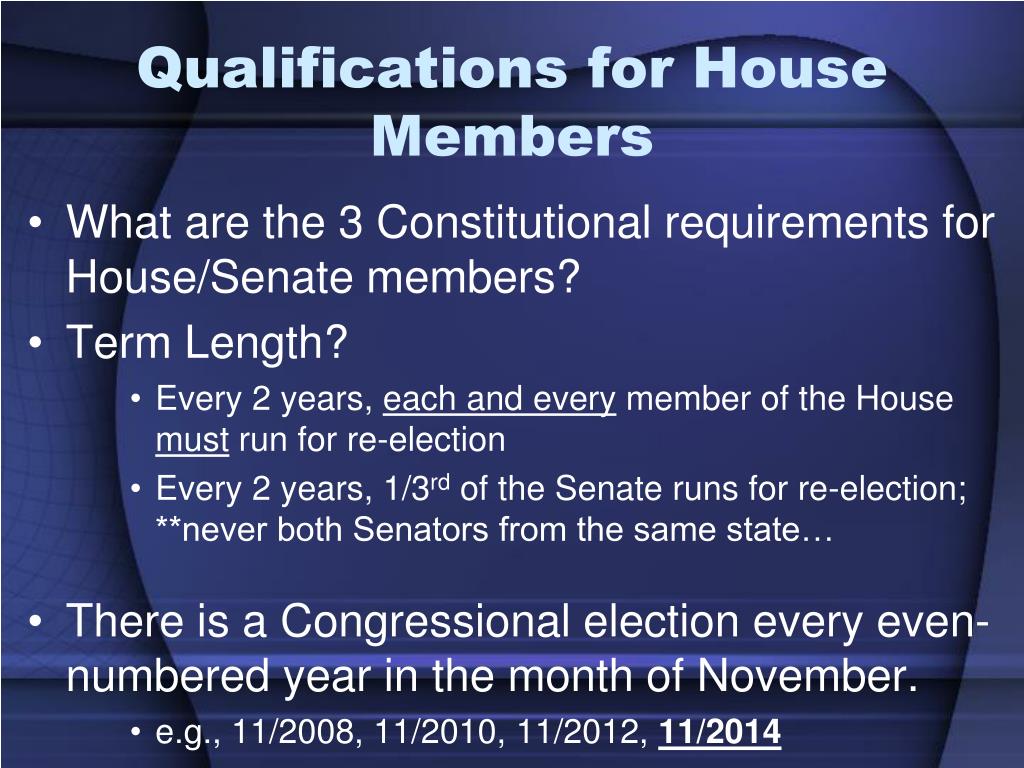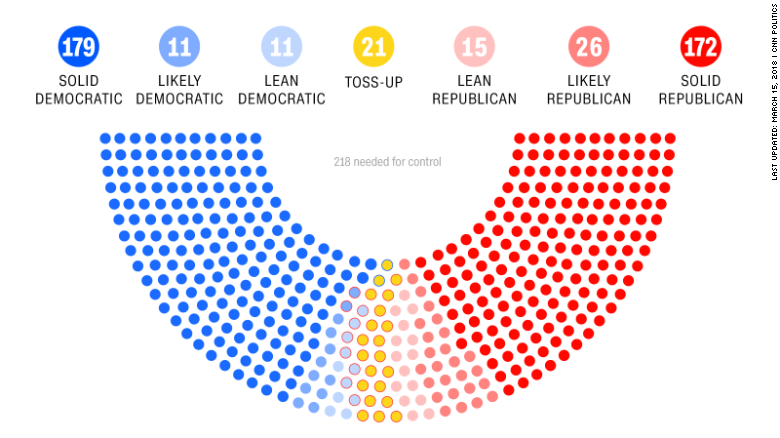Table Of Content

Gingrich attempted to pass a major legislative program, the Contract with America and made major reforms of the House, notably reducing the tenure of committee chairs to three two-year terms. Many elements of the Contract did not pass Congress, were vetoed by President Bill Clinton, or were substantially altered in negotiations with Clinton. The Republicans retook the House in 2011, with the largest shift of power since the 1930s.[14] However, the Democrats retook the house in 2019, which became the largest shift of power to the Democrats since the 1970s. In the 2022 elections, Republicans took back control of the House, winning a slim majority.
h Congress
Also referred to as a congressman or congresswoman, each representative is elected to a two-year term serving the people of a specific congressional district. The number of voting representatives in the House is fixed by law at no more than 435, proportionally representing the population of the 50 states. Currently, there are five delegates representing the District of Columbia, the Virgin Islands, Guam, American Samoa, and the Commonwealth of the Northern Mariana Islands. Learn more about representatives at The House Explained.
Membership, qualifications, and apportionment
House Open Seat Tracker - The Cook Political Report
House Open Seat Tracker.
Posted: Mon, 15 Apr 2024 07:00:00 GMT [source]
In fact, there has been discussion over the decades about expanding the House, which would require Congress to pass a new law. But Bouk notes that the system for automatically redistributing 435 House seats after each census has created "a kind of inertia that makes such changes very unlikely." The Constitution provides that the Senate's "advice and consent" is necessary for the president to make appointments and to ratify treaties. Thus, with its potential to frustrate presidential appointments, the Senate is more powerful than the House. Representatives use the prefix "The Honorable" before their names. A member of the House is referred to as a representative, congressman, or congresswoman.

How Many Members Are in the House of Representatives?
However, the initiative was overwhelmingly defeated, with 59 percent voting no. All initiatives, including those proposed by the Governor's allies and several independent initiatives, failed that year. After the 2000 census, the California State Legislature was obliged to complete redistricting[a] for House of Representatives districts (in accordance with Article 1, Section 4 of the United States Constitution) as well as California State Assembly and California State Senate districts. In some cases this resulted in extremely convoluted boundary lines. The group ThirtyThousand.org argues that the framers of the Constitution and the Bill of Rights never intended for the population of each congressional district to exceed 50,000 or 60,000.
They may hold hearings on questions of public interest, propose legislation that has not been formally introduced as a bill or resolution, and conduct investigations. Among important standing committees are those on appropriations, on ways and means (which handles matters related to finance), and on rules. There are also select and special committees, which are usually appointed for a specific project and for a limited period. The United States is divided into 435 congressional districts, each with a population of about 710,000 individuals.
The chairman's powers are extensive; he controls the committee/subcommittee agenda, and may prevent the committee from dealing with a bill. The senior member of the minority party is known as the Ranking Member. In some committees like Appropriations, partisan disputes are few. In most states, major party candidates for each district are nominated in partisan primary elections, typically held in spring to late summer. Exceptions can result in so-called floor fights—convention votes by delegates, with outcomes that can be hard to predict.
Each committee is chaired by a member of the majority party. Almost all bills are first referred to a committee, and ordinarily the full House cannot act on a bill until the committee has “reported” it for floor action. There are approximately 20 standing (permanent) committees, organized mainly around major policy areas, each having staffs, budgets, and subcommittees.
The law that set the current number of seats at 435 took effect in 1913. But it isn't the reason the number of representatives has been stuck there. Each state sends two Senators to represent their state in the U.S. However, in the House of Representatives, a state’s representation is based on its population. For example, smaller states like Vermont and Delaware have one representative while large states like California have 53 representatives.
Voting members by state
Two additional representatives were added temporarily after the admission of Alaska and Hawaii as states in 1959, but at the next legislative apportionment, membership returned to 435, the number authorized by a law enacted in 1941. The United States Congress has two chambers, one called the Senate and the other called the House of Representatives (or “House” for short) which share the responsibilities of the legislative process to create federal statutory law. This page lists the currently serving representatives in the House of Representatives and the senators in the U.S. The first House of Representatives in 1789 had only 65 members. The number of seats in the House was expanded to 105 members after the 1790 Census, and then to 142 members after the 1800 headcount.
The party with a majority of seats in the House is known as the majority party. The speaker, committee chairs, and some other officials are generally from the majority party; they have counterparts (for instance, the "ranking members" of committees) in the minority party. The committees also play an important role in the control exercised by Congress over governmental agencies. Cabinet officers and other officials are frequently summoned before the committees to explain policy. The Constitution (Article I, section 6) prohibits members of Congress from holding offices in the executive branch of government—a chief distinction between parliamentary and congressional forms of government. The Constitution empowers the House of Representatives to impeach federal officials for "Treason, Bribery, or other high Crimes and Misdemeanors" and empowers the Senate to try such impeachments.
From 1910 to 1975 committee and subcommittee chairmanship was determined purely by seniority; members of Congress sometimes had to wait 30 years to get one, but their chairship was independent of party leadership. The rules were changed in 1975 to permit party caucuses to elect chairs, shifting power upward to the party leaders. In 1995, Republicans under Newt Gingrich set a limit of three two-year terms for committee chairs.
















